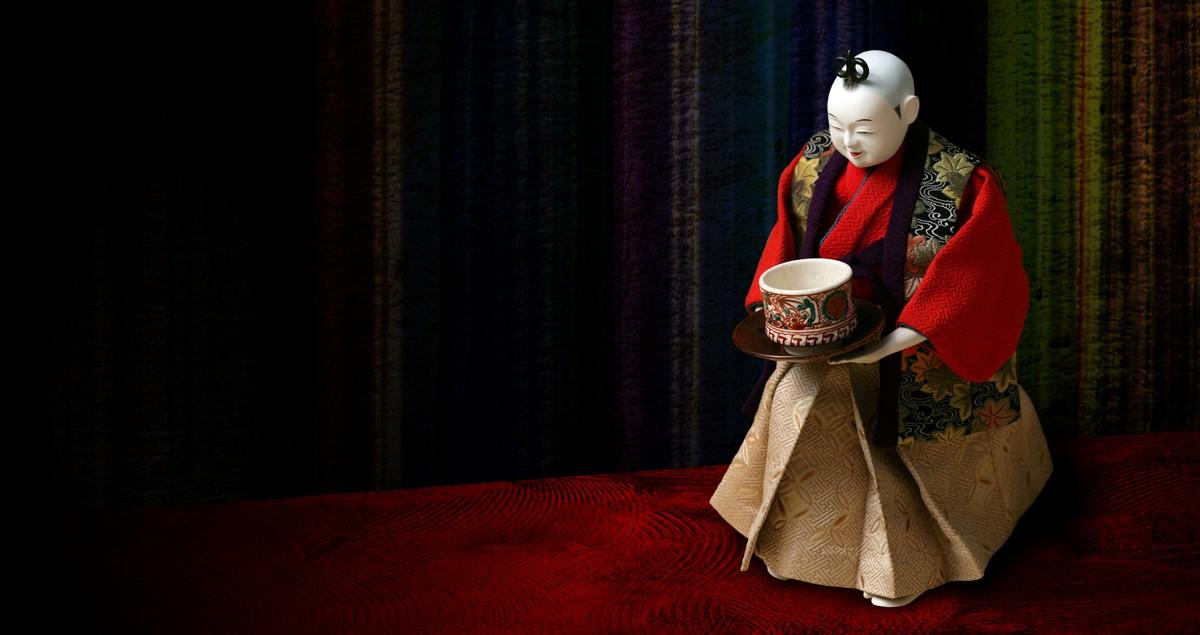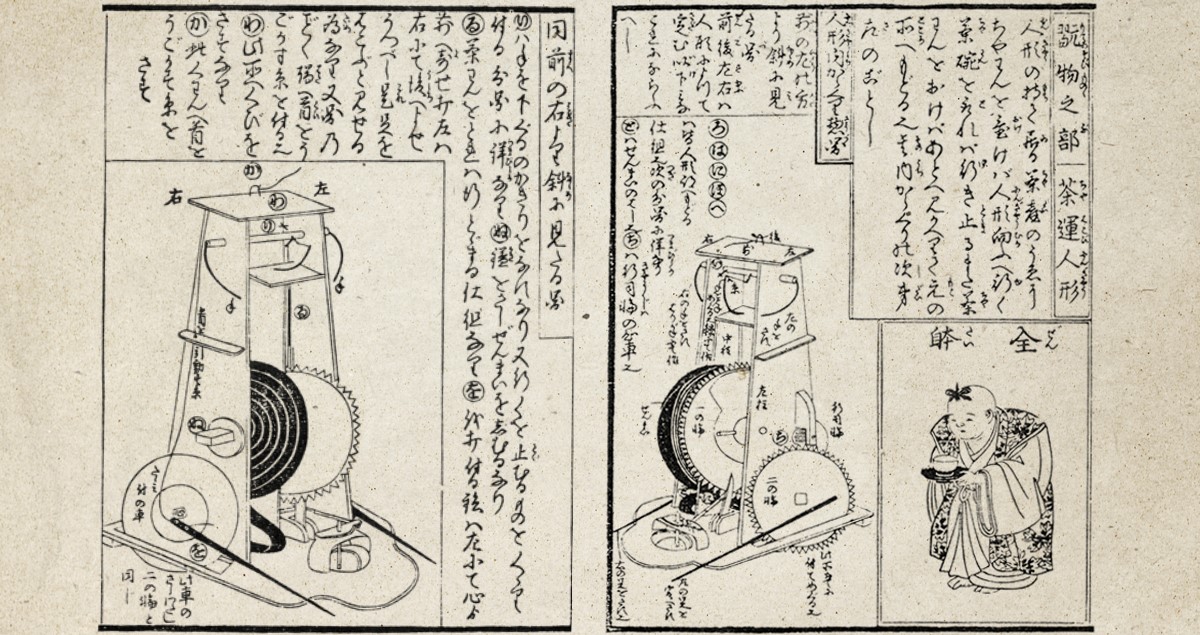Where do robots come from?

Robots are a driving force in the Japanese economy and have captured the Japanese popular imagination, spawning countless movies, comics and even restaurants. While this may seem cutting edge, the modern concept of robots can actually be traced back to Japan’s samurai era.
Enter Hanzo Hosokawa, an 18th Century astronomer and inventor who created one of the first robotic tea-serving dolls, known as ‘karakuri’. Hosokawa’s mechanical dolls, dressed in their traditional kimono, were able to carry out incredibly complex operations and tasks, and are still functioning today.The doll pictured above is approximately 26 centimeters (10.25 inches) tall. It can carry a cup of tea on a tray, bow its head and even serve the tea. After the empty cup is returned to the tray, the doll then turns and departs. Throughout the process it travels a total distance of about 1.7 meters (5.6 feet).
In the 18th Century batteries were hard to come by. This robot-doll therefore relied entirely on an intricate system of gears and springs to power its movements and turns. What is perhaps even more remarkable is the fact that it does not use any metal nails or screws, and is crafted from all-natural materials.
Beyond engineering, Hosokawa's doll was ahead of its time in terms of level of interactivity with human beings, leading the way for modern service and manufacturing robots. Hosokawa's legacy also includes his groundbreaking karakuri manual, one of the first instruction books on mechanical engineering…

Hanzo Hosokawa: Open-source Pioneer
Hosokawa's strangely beautiful manual provides intricate details on a number of his creations, including various clocks, dolls and proto-robots, accompanied by instructions and diagrams.
This approach was highly unique. Hosokawa freely disseminated technology and ideas that had previously been closely guarded and handed down only from master to apprentice. By making the information open and available to any literate person Hosokawa was a kind of Open-source pioneer, ultimately spurring wider interest and innovation in this field.
The karakuri manual also shows how Hosokawa attempted to replicate nature in his machines, for example, using the movement of fishes' tails and fins in recreating a boat's rudder and oars. Such thinking is still vital to modern engineering, and in concepts such as biomimicry. It also shows the harmony Hosokawa saw between technology and nature.
Robots have made huge strides since Hosokawa’s time, with sophisticated robots involved in our industrial processes and services. Even today, though, master artisans still faithfully produce, karakuri dolls in much the same way as they did hundreds of years ago. With proper care, these devices will function for decades or even centuries to comea perfect example of a Human Industry.





